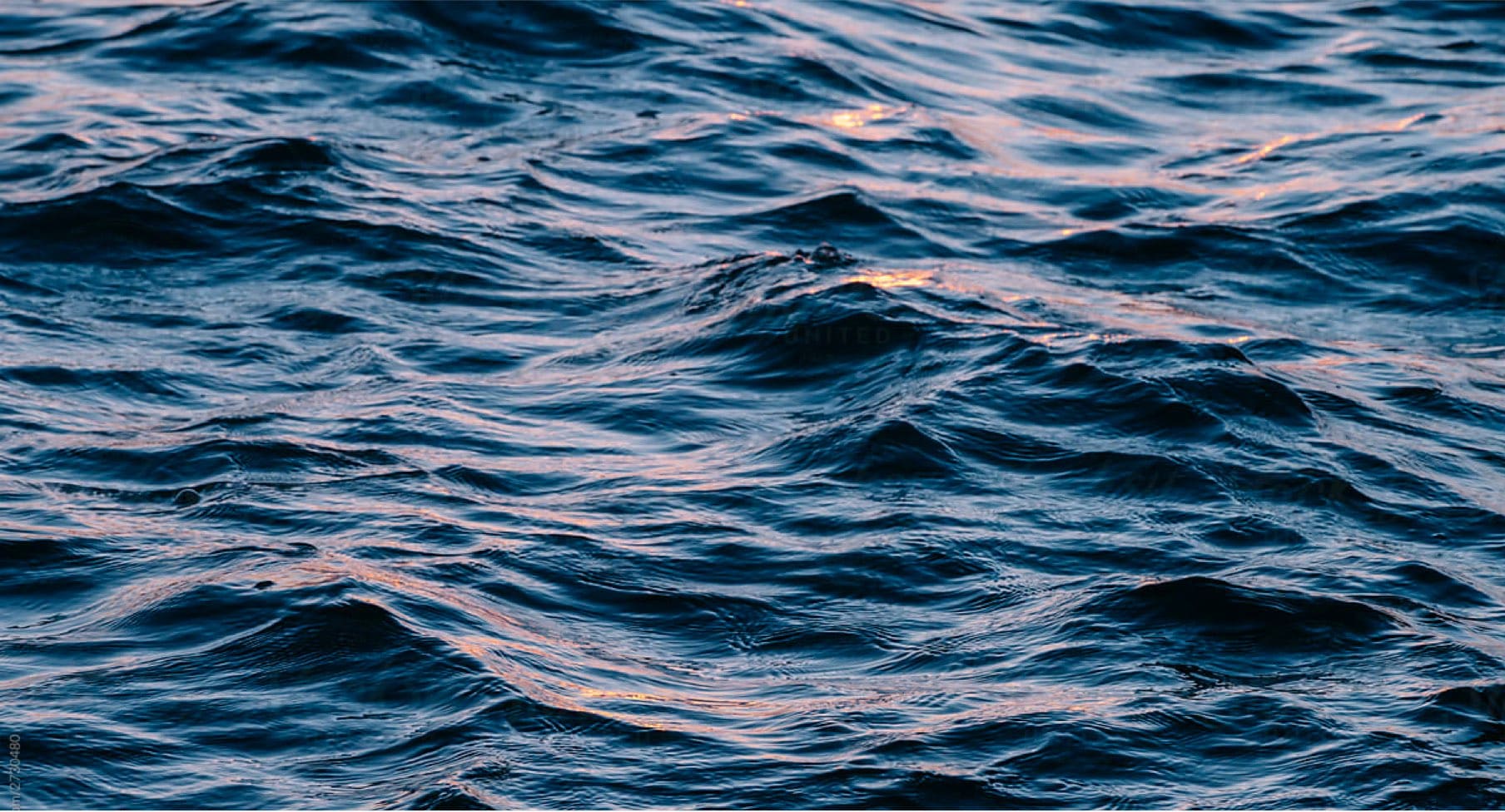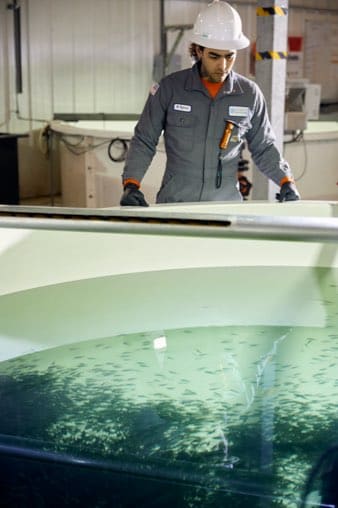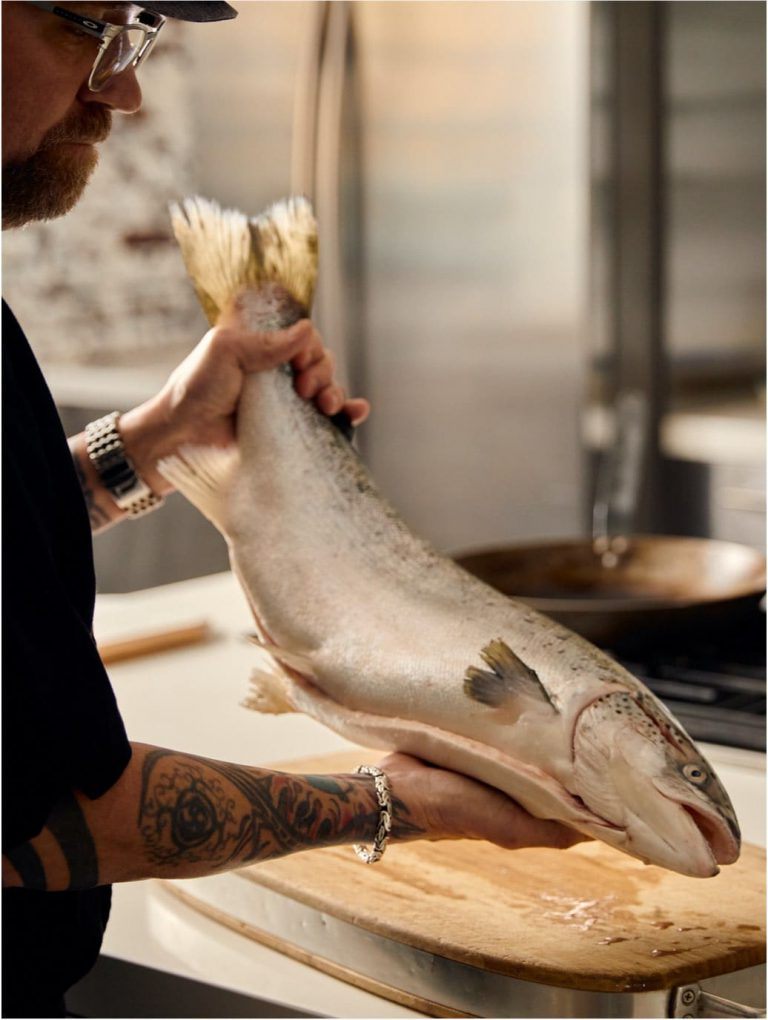At Atlantic Sapphire, our vision is to nourish both people and planet with sustainable, ocean-safe seafood — and we’ve brought that vision to life.
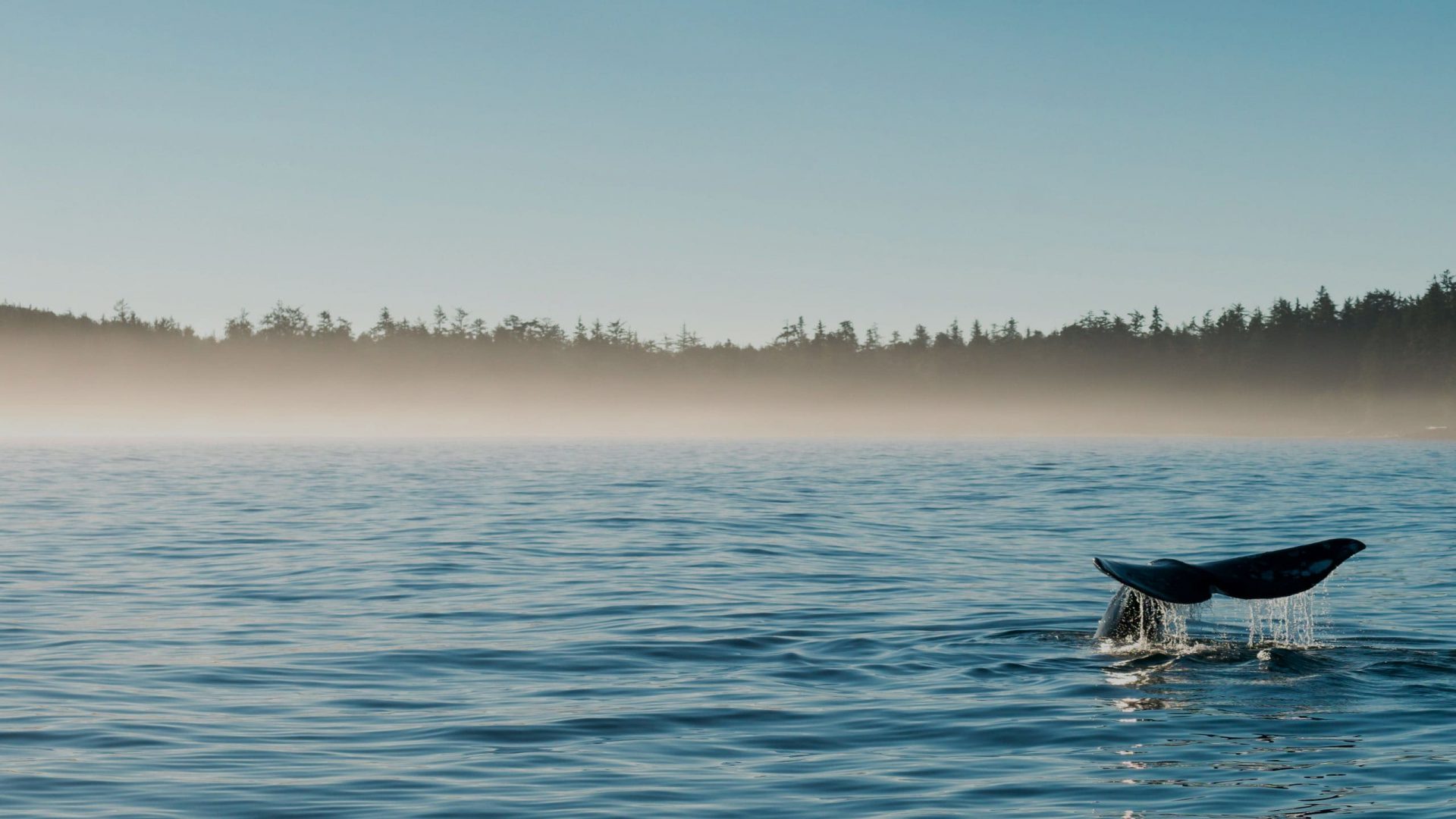
Dreaming of
ocean-safe seafood
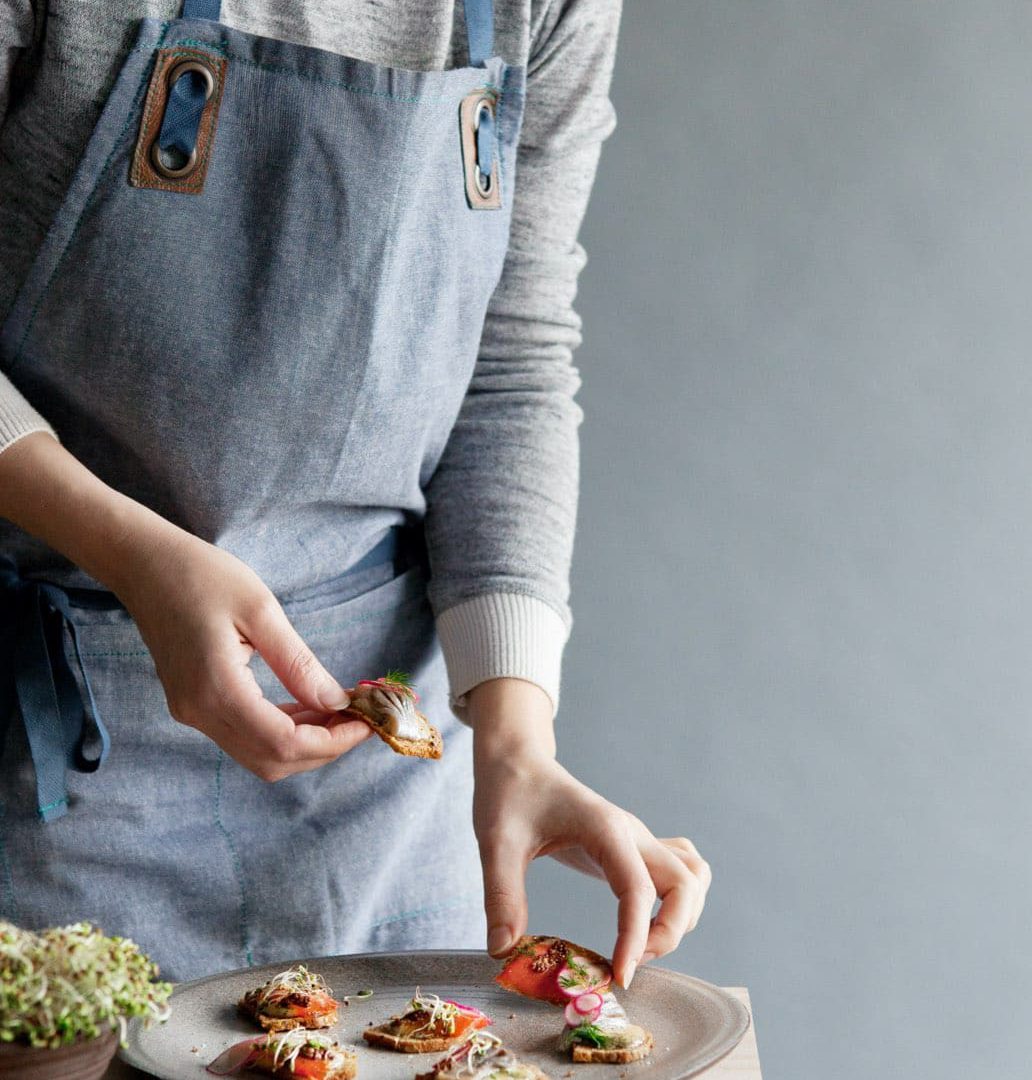
We believe innovative aquaculture has the power to transform the way people think, shop, cook, and eat all over the world.
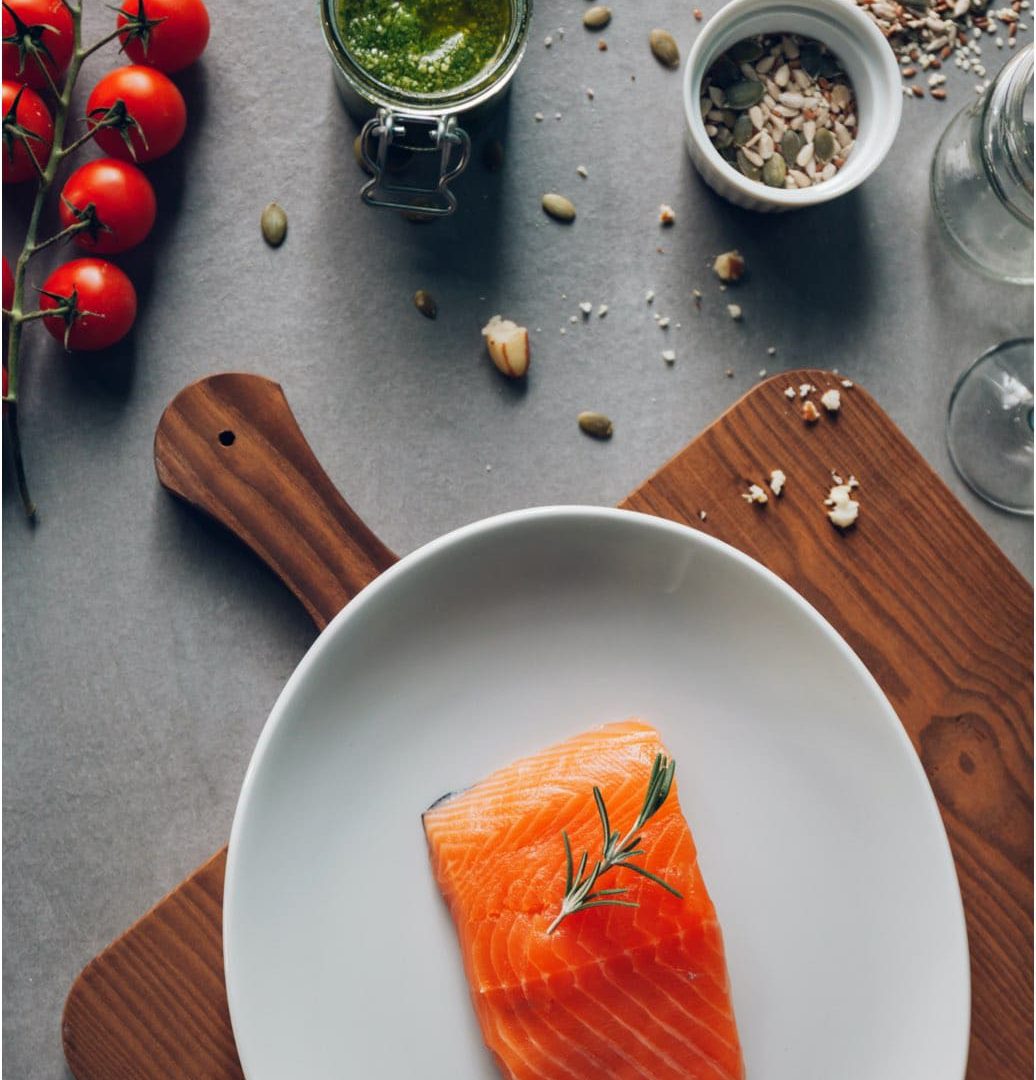
We are farmers at heart
Atlantic Sapphire’s mission is to innovate fish farming locally to impact protein production globally. We are passionate about our work because we love our oceans, our planet, and the people that make it our home.
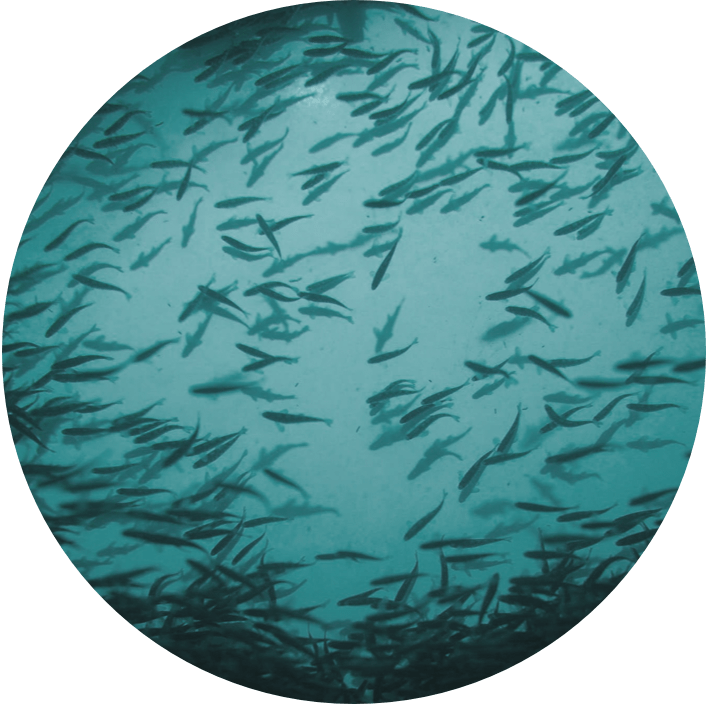
Innovation & technology
Blue is the new green
We started building our first Bluehouse in the small village of Hvide Sande, Denmark. Since then, we invented and refined our technology — and raised exquisite salmon in the process.
Traditional sea-based fish farming requires constant transportation to and from multiple locations before protein lands on consumer plates. But our fish are born, raised, and processed in one place. And we’ve placed our Bluehouses in the largest salmon markets in the world.
Today, we produce ocean-safe, sustainable seafood at our Bluehouse in Homestead, Florida. Our local-to-you brand delivers sustainable, ocean-safe salmon across North America.
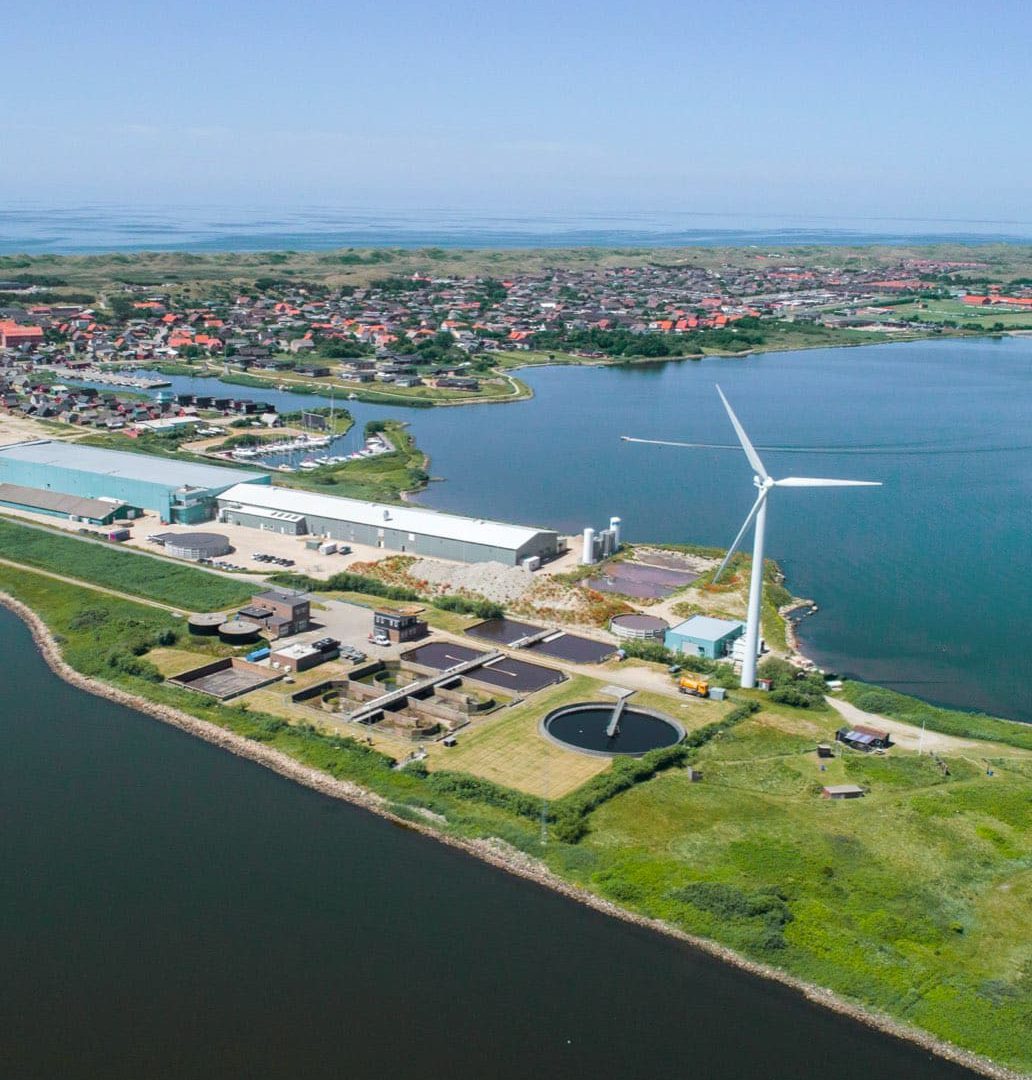
Invest in our vision
locally to transform protein production globally.


